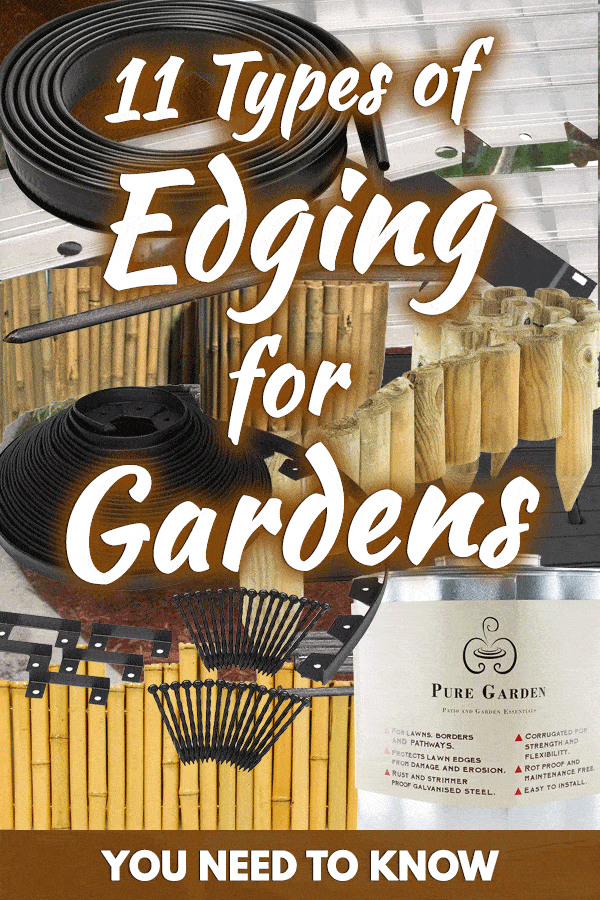 Knowing the diverse types of edging for gardens will ensure that you achieve your imaginative garden vision while maintaining utility and protecting your plants. Whether your style is cottage-cozy, coastal, rustic, modern, exotic, or anything in between, you'll be sure to find a garden edging material that fits your look.
Knowing the diverse types of edging for gardens will ensure that you achieve your imaginative garden vision while maintaining utility and protecting your plants. Whether your style is cottage-cozy, coastal, rustic, modern, exotic, or anything in between, you'll be sure to find a garden edging material that fits your look.
The following 11 types of edging for your gardens each have different characteristics, lifetimes, and price points associated with their installation. Continue reading to see what kind of garden edging will work best for you.
1. Stone
Stone edgers serve as both functional and aesthetic elements in your garden. You can find stone in an abundance of colors, shapes, sizes, textures, and weights. Using stone helps to create a definitive line for your garden space and can be laid in straight lines or with curvature.
Stone edgers are great for reducing the maintenance of your garden by keeping everything in place and where you want it. Plants in, grass out. Stone garden edges are on the more expensive side.
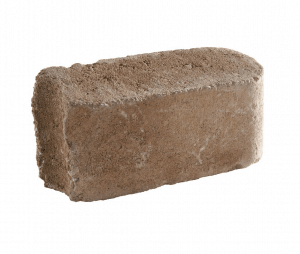
Click here to see more on The Home Depot.
2. Timber
Rough or smooth-edged, short or tall, thick or thin, treated or untreated, timber can be found in various forms and used for edging your garden. Depending on the type of wood that you use, you could generate looks ranging from casual to sleek and modern.
Place the timber either vertically or horizontally to achieve the appearance you want. Timber is cheaper than stone and concrete and easier to install. It costs about $1/linear square foot.
Click here to see more on Amazon.
These garden edging would go perfectly for these garden path ideas.
3. Concrete and Cement
Using concrete and cement borders offers a lot of versatility and style opportunities. The usage of concrete and cement is a more permanent, long term option that won't need much upkeep. So, if you like to change things up frequently, cement may not be the best option for you.
Depending on your style preferences, you can even stain or paint the concrete to your color preference. You can purchase cement paving stones and place them yourself or even have concrete poured and shaped how you want. It is also very durable and can withstand the test of time and weather. The price of using concrete and cement varies on the type and quantity you order.
Click here to see more on Amazon.
4. Limestone
Limestone, a soft, sedimentary, native rock, creates a natural, clean look in your garden. You can use it in many forms such as crushed stone, flagstones, rectangular blocks, or pavers. The contrast of the limestone against the garden will increase the beauty of both your lawn and garden.
The stone is strong and can withstand extreme temperatures and climates, making it a long-lasting choice. It depends on size, shape, and color, but limestone edging stones cost around $2.00-$3.00 per stone.
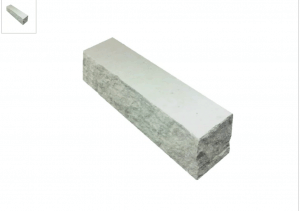
Click here to see more at Lowe's.
Be creative and try these garden edging on these cactus landscaping ideas!
5. Metal
Metal garden edgers are clean-cut and simple; they're a very practical solution to maintaining a border. Metal can be manipulated to be curved and provide movement to the garden or kept as a straight edge to create hard lines and borders. The metal edging usually comes in strips measuring between 4 and 16 feet in length.
Due to its material makeup, it's very hardy and can withstand temperature extremes without cracking, breaking, or turning brittle. Nicking it with garden or lawn equipment won't affect its utility or aesthetic. Depending on the type of metal used, it may rust; however, some people find the rusted look to be a garden appeal.
Click here to see more on Amazon.
Click here to see more on Amazon.
6. Plastic
Easy installation and low cost are two primary reasons that using plastic for your garden edge remains a popular choice. The material is easy to direct so that you can create the clean edge that you need for your garden. Set the plastic in a shallow trench to keep out the growth of weeds and to contain the garden plants.
Though it has high utility, it isn't the most aesthetically pleasing choice. So, if you're simply wanting to install a garden edge with the best economic value, this may be the one for you.
Click here to see more on Amazon.
Click here to see more on Amazon.
7. Railway Sleepers
Also known as Railway Ties, these thick wooden rails' original purpose is to serve as support of the rails in the railroad tracks. Due to their size, durability, and style, many people have brought them into their gardens to be used as edgers.
Setting them in the soil will help prevent weed roots from spreading in the garden and keep your garden and lawn separate. Positioned horizontally, they serve well for gardens with straight edges. Positioned vertically (cut into smaller pieces), they serve well for adding curvature to the garden edges and can add contrast with differing heights.
One tie (measuring 7 inches x 9 inches x 8.5 feet) may cost around $20.
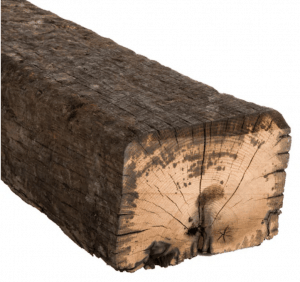
Click here to see more on Lowe's.
8. Rubber
Rubber garden edging comes in many different shapes, sizes, and colors. It can appear like a brick, small pieces of mulch, or stretch 20 feet in a solid row. Rubber is durable, weather-resistant, and it's color won't fade.
One of the best things about using rubber is a border is that it's easy to cut and shape to your exact needs and preferences. Rubber edging is easy to install, cost-effective and will complement your garden well. The breathability of this material helps air and water pass through it to provide the necessary nutrients for the plants while helping to keep the weeds out of the garden.
Click here to see more on Amazon.
Click here to see more on Amazon.
9. Bamboo
Placing bamboo around the edges of your garden will create a more organic yet exotic look. It's affordable and easy to install as well! You can manipulate its shape to construct the border that you have envisioned.
These borders are made to last, are environmentally-friendly, and serve as a perfectly unique design accent in your garden. They are one of the least expensive options and will last for years for your garden enjoyment.
Click here to see more on Amazon.
Click here to see more on Amazon.
10. Brick
Brick is by far one of the most popular choices when it comes to garden edging pieces. It creates a nice, clean edge as well as a look of uniformity. Brick can be laid in eye-catching patterns and colors, adding more depth and interest to your garden.
Using a surplus of bricks from your house construction is a great way to utilize the extra product and create a garden edging masterpiece at the same time. Or add some contrast to the style of your house with a different color or style of brick.
The average cost per linear foot of brick edging is $6.35, one of the mid-range garden edging options.
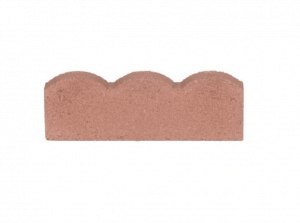
Click here to see more at Lowe's.
11. Aluminum
Aluminum will withstand the test of time and weather, making it a reliable choice for your garden edge. You can create straight edges or a bit of a curve with pieces of aluminum, giving your garden diverse options. Aluminum edgers can be found in several colors as well so that it can fit your garden aesthetic.
Unlike steel, aluminum will not rust. It's durable, yet lightweight and can be easily cut to fit your needs. It's attractive and clean-cut, providing a definitive edge to your garden. Each piece usually measures between 8 and 16 feet in length.
Click here to see more on Amazon.
Click here to see more on Amazon.
So, which garden edging will you be using?
Leave us a comment below to let us know what you thought. Which type of garden edging will you be using - and why.
Try these out with these bamboo garden ideas.
Looking for more garden edging tools? Read more -
Rubber Garden Edging [Types, Cost, Tips and Pictures]
Metal Garden Edging [How To, Prices and Pictures]
Plastic Garden Edging [How-to, Prices & Pictures]
Limestone Garden Edging [Tips, How-To, and Pictures]
Railway Sleepers Garden Edging Guide [How-to, Tips, and Pictures]












